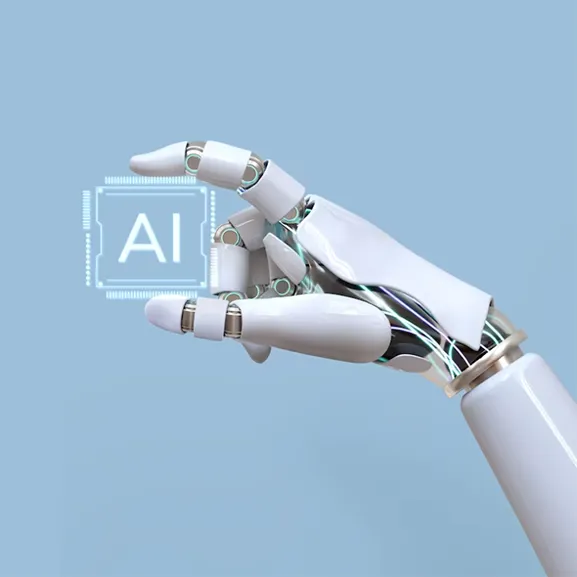Artificial intelligence diagrams serve as foundational tools for understanding the complex structures and processes underlying AI systems. These diagrams range from simple flowcharts to complex network designs. They visually represent the algorithms, data flow and architectural frameworks that enable these machines to perform tasks that typically require human intelligence.
Artificial intelligence diagram play a crucial role in the development and optimization of AI technologies. Through these visual representations, developers and engineers can identify potential inefficiencies, or areas for improvement within AI systems. Moreover, AI diagrams help in the documentation and standardization of AI models, ensuring consistency and clarity in development practices across the field. They enable teams to communicate complex ideas effectively, fostering collaboration and innovation.

They are essential in planning, designing, and explaining AI concepts, making them accessible to both technical and non-technical audiences. By breaking down AI operations into comprehensible visual components, these diagrams facilitate a deeper insight into how AI models learn, make decisions, and evolve over time.
As AI continues to advance, the use of these diagrams will remain pivotal in navigating the ever-expanding landscape of artificial intelligence, guiding both its theoretical understanding and practical application.
Artificial İntelligence Venn Diagram
In the rapidly evolving field of artificial intelligence (AI), understanding the intricate relationships between various components and concepts is crucial. An artificial ıntelligence venn diagram provides a visual representation that simplifies these complex relationships. It cleverly combines elements such as Euler diagram, architecture of AI, block structures, and more into a comprehensive overview.
This diagrammatic approach helps stakeholders grasp how different AI concepts interconnect and overlap, particularly in specialized areas like health care and data science.
At the heart of any AI system is its system architecture diagram, which details the block diagram layout of AI processes and data flows. This layout is essential for developers and engineers as they build and refine AI solutions. For example, in health care, AI applications utilize generative models to predict patient outcomes, analyze medical images, and support decision-making processes. These applications rely on a solid AI architecture that is both robust and adaptable.
Furthermore, the use of a schematic diagram in AI development illustrates the detailed interactions between system components. This is particularly evident in the AI application within medical fields, where precision and accuracy are paramount. By employing AI architecture that incorporates advanced data science techniques, health care providers can offer personalized and efficient patient care.

The Venn diagram aspect of AI visualization emphasizes the overlap between AI, medical knowledge, and data science, showcasing how these fields synergize to advance health care. Through this intersection, AI applications in medicine can leverage vast datasets to improve diagnostic tools, treatment planning, and patient outcomes.

